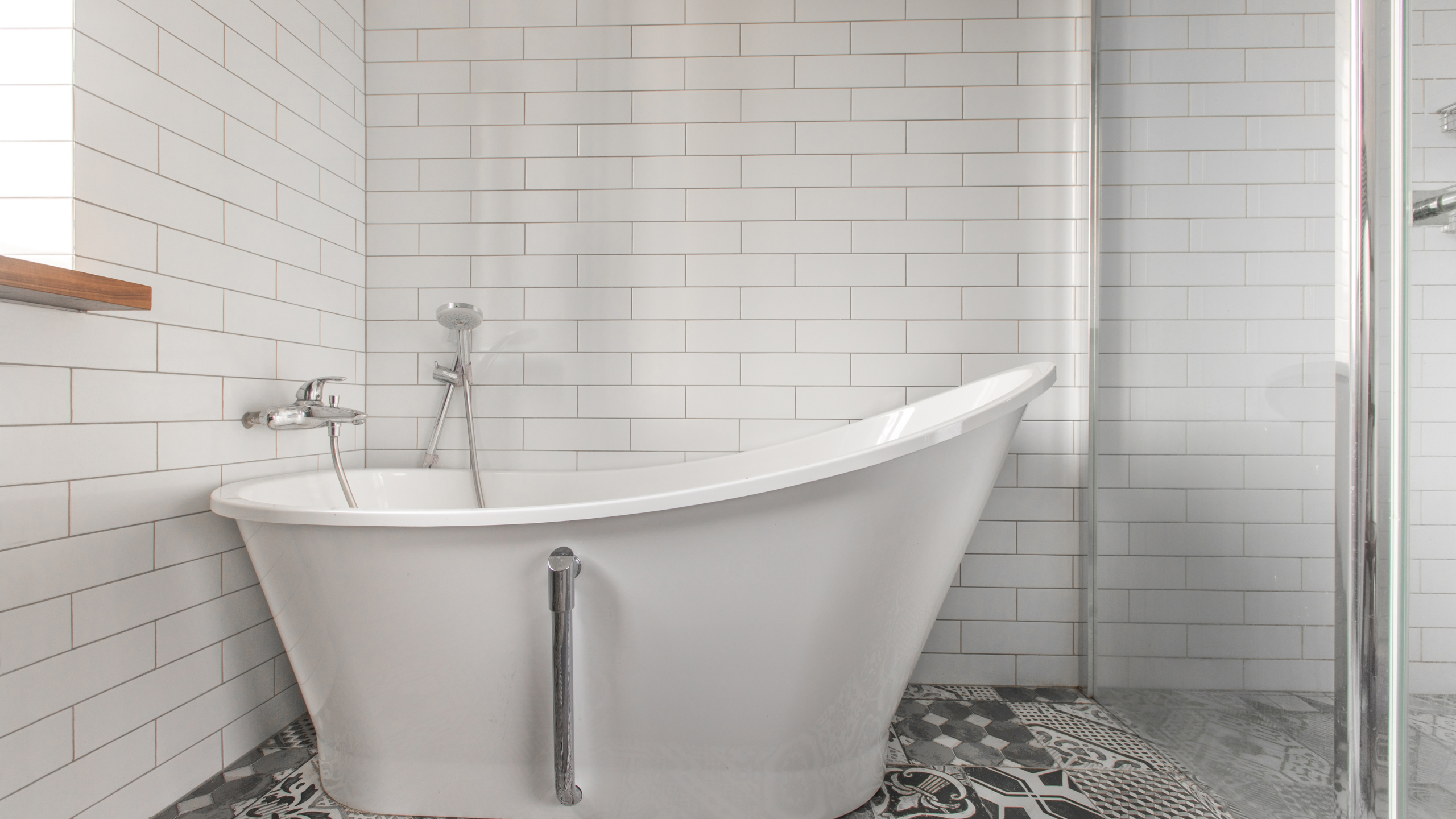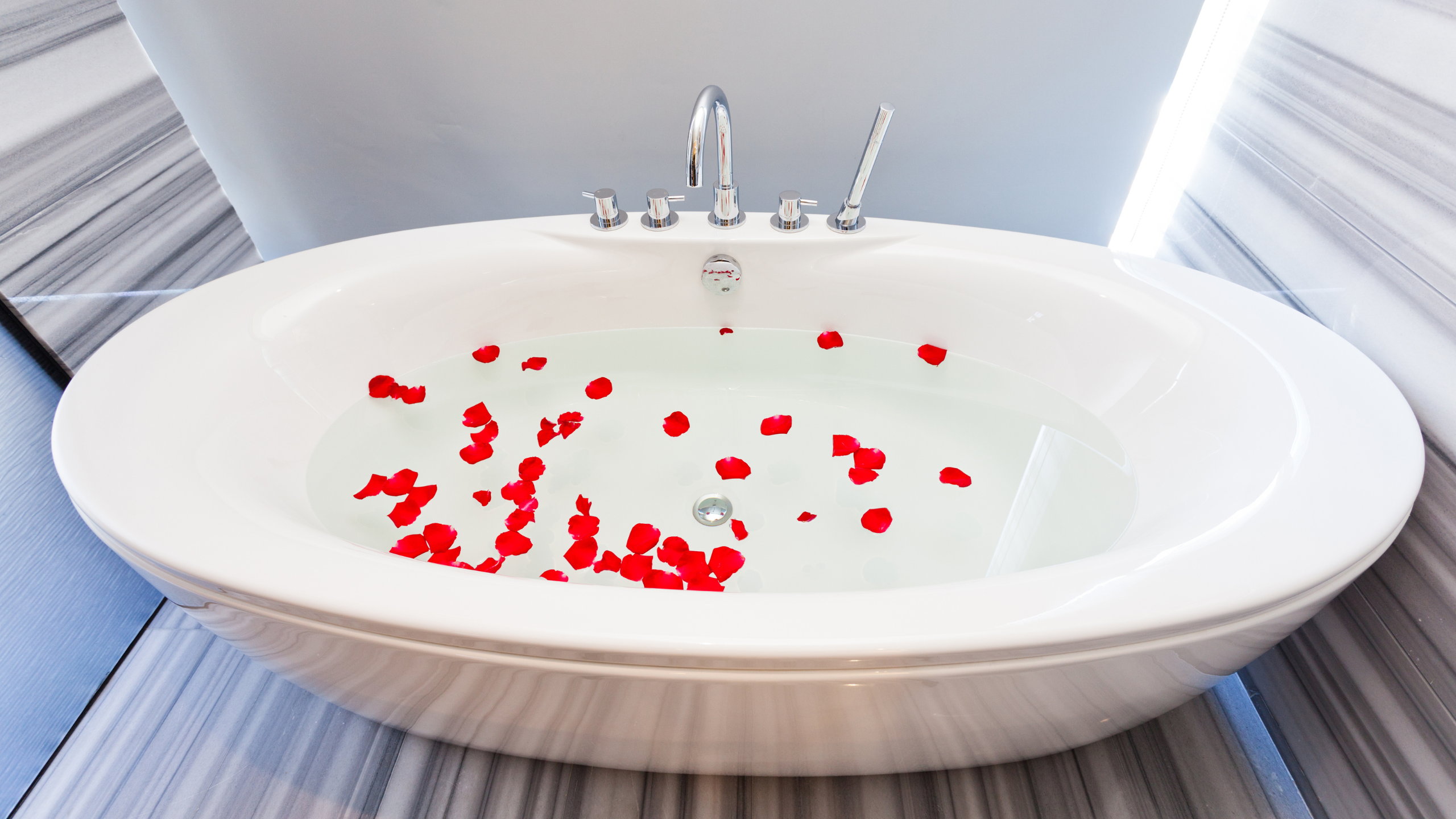It takes more effort than you might imagine to remodel a bathtub. In reality, nearly all bathtub repairs are completed before the tub is repainted. Only 2% resort to professional techniques and high-end coatings designed specifically for bathtub repairs. You should ask yourself a few things before deciding to refinish your bathtub.
What Does It Mean to Refinish My Bathtub?
To refinish a tub is to cover its surface in order to change its appearance. This method is often referred to as resurfacing or reglazing.
In most cases, you can get a new bathtub. A few of the most common materials for bathtubs are steel, fiberglass, cast iron, and acrylic. Before deciding to refinish your tub, you should find out what kind it is and if it has ever been restored. Sometimes an alternative method of refinishing is required.
Can I Do the Repairs Myself?
As was previously mentioned, there is a lot more to refinishing a bathtub than just washing it and applying a new coating. An inexperienced DIYer may end up spending more money on a badly refinished tub than they would have on a professional refinisher. There are some do-it-yourself bathtub refinishing products on the market, but one of the most common concerns is a peeling bathtub bottom. Nothing here will function as you anticipate. Poor preparation and a subpar end result are the two main problems here. A high-quality bathtub refinishing product and the hands of a professional are required to ensure that the finished result looks great and lasts.
What steps are involved in refinishing a bathtub?
The process comprises cleaning the tub’s outside, taping off the surrounding area, then painting the tub like you would a car. However, refinishers use a wide variety of methods. To get an epoxy primer to adhere, bath tubs were once etched with very concentrated hydrofluoric acid, which removed the surface’s gloss and created pits. This technique is still used by many professionals to ensure a strong adhesive was applied to the bathtub before the new glossy finish was applied. This technique yields stunning results when executed correctly; but, as was mentioned before, not all refinishers are created equal. When I say that not all refinishers will do a thorough and honest job, I mean just that.
The modern era has replaced the traditional approach to bathtub refinishing. To refinish a bathtub in today’s era, all that’s required is a thorough washing with an effective cleaner, followed by the application of an adhesive to form a molecular link between the surface and the new glossy finish. I find that this approach of bathtub refinishing is both quicker and more reliably effective.
Conclusion
When looking for a reliable bathtub refinisher, you need to be careful. Verify that they are competent and have the necessary training for refinishing bathtubs. Make sure they go with a tried-and-true approach to bathtub restoration. Make sure the refinisher provides you with maintenance recommendations and that you contact clientele from at least a few years ago to see if they are still satisfied. If you follow these instructions, you should be able to restore your bathtub without any problems.




